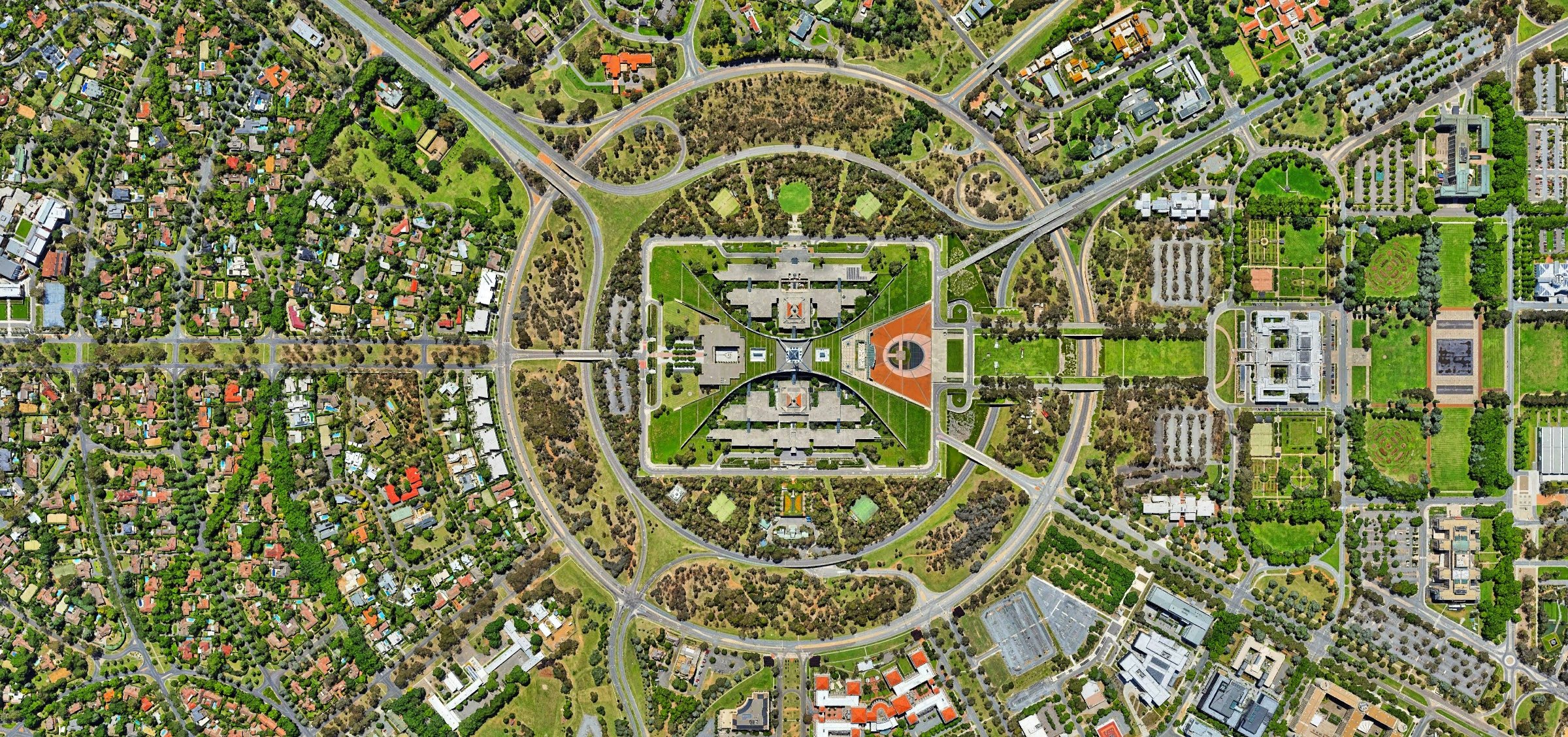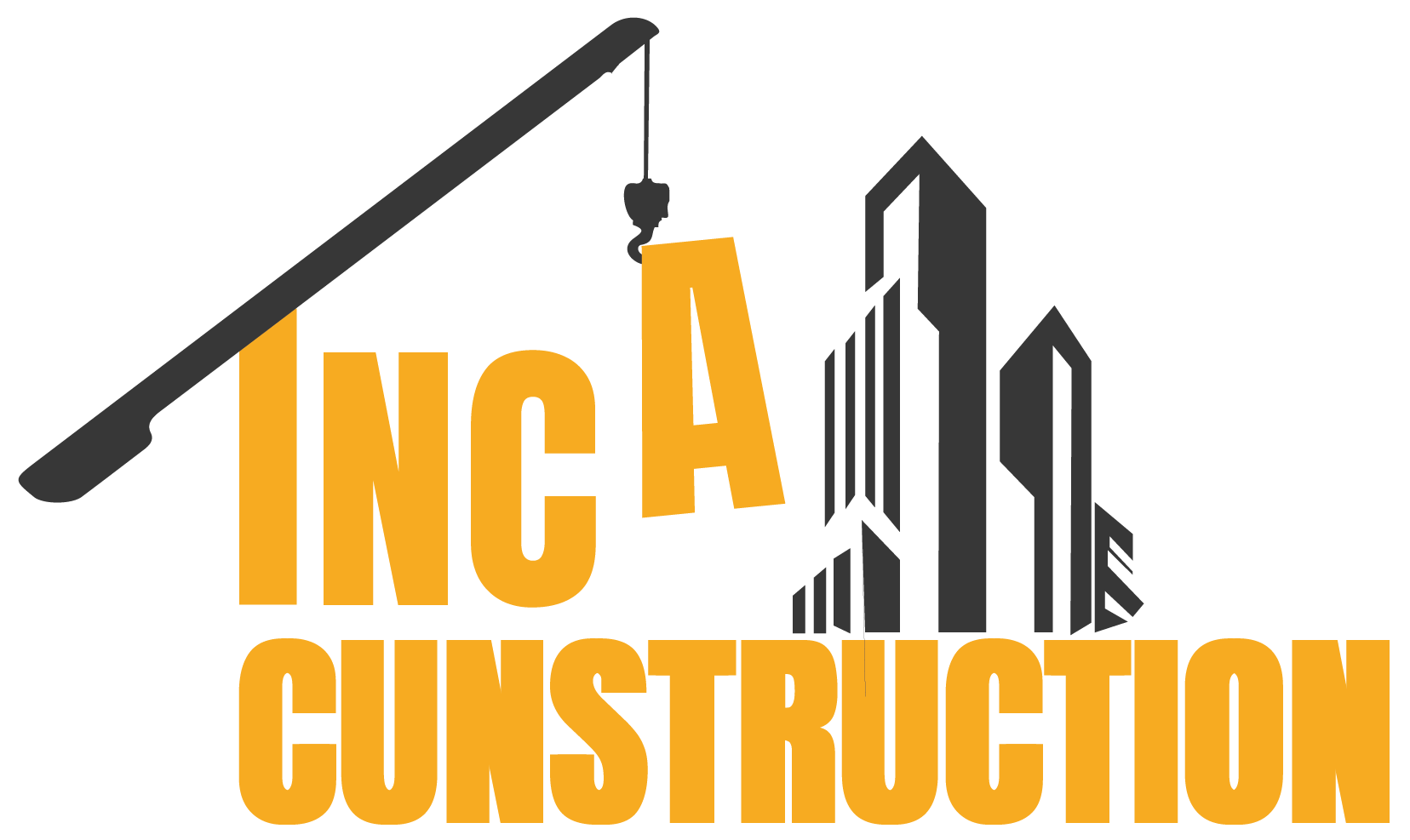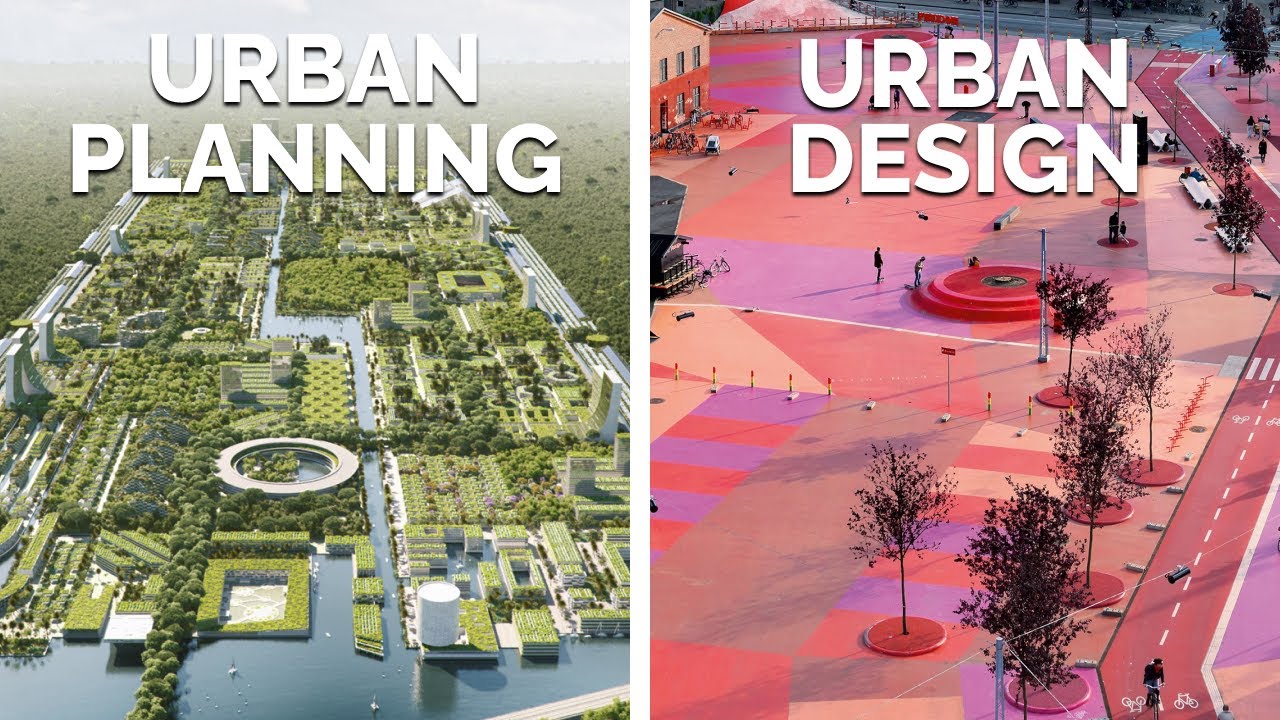I still remember the first time I truly understood the impact of urban planning. About 14 years ago, I visited Copenhagen after spending months in a sprawling North American city dominated by highways and car-centric development. The contrast was striking—Copenhagen’s human-scaled streets, efficient public transportation, and abundant public spaces made the city feel alive and accessible in ways I had never experienced before. This visit sparked my ongoing fascination with how urban design shapes our daily lives, health, and environment.
Over the years, I’ve explored urban planning both professionally and as a passionate observer, watching cities transform through intentional design choices. Today, as we face climate change, housing crises, and growing urban populations, thoughtful urban planning has never been more crucial. Let me share some insights on how cities are evolving to become more sustainable and livable.
The Evolution of Urban Planning: From Separation to Integration

Urban planning has undergone a remarkable transformation over the past century. According to urban planning history, the early 20th century was dominated by the concept of separation—residential areas kept strictly apart from commercial and industrial zones.
The post-WWII era saw the rise of suburban development and car-centric cities, especially in North America. While this provided new housing options, it created long-term challenges: increased pollution from longer commutes, social isolation, inefficient land use, and infrastructure costs that many municipalities now struggle to maintain.
I experienced this firsthand growing up in a typical suburb where every activity required a car ride. Simple errands became time-consuming journeys. When I moved to my first walkable neighborhood in my twenties, the improvement in my quality of life was immediate and dramatic. Daily walks to local shops became opportunities for community connection rather than frustrating commutes.
Today’s most innovative urban planning embraces mixed-use development, where homes, workplaces, retail, and recreation coexist in walkable neighborhoods. This shift reflects a deeper understanding that healthy cities function as integrated ecosystems rather than separate zones.
Key Principles of Sustainable Urban Design
What makes a city truly sustainable and livable? Through my exploration of urban environments worldwide, several key principles have emerged:
Prioritizing People Over Cars
The most successful urban transformations often begin by reclaiming space from automobiles. Cities like Paris, Barcelona, and Oslo are systematically reducing car traffic in city centers, converting parking spaces into parklets, and implementing “superblocks” that prioritize pedestrians.
Last year, I visited Barcelona’s famous “superblocks” (superilles)—neighborhood sections where vehicle traffic is restricted to major perimeter roads, with interior streets transformed into community spaces. The difference was palpable. Children played freely, neighbors conversed on benches, and small businesses thrived without the noise and pollution of constant traffic.
This approach isn’t anti-car but rather pro-choice, ensuring that walking, cycling, and public transit are safe, convenient options. When these alternatives exist, many people gladly choose them over driving, reducing congestion for those who truly need to use cars.
Embracing Density with Design
Density is often misunderstood in urban planning discussions. The issue isn’t density itself but how it’s implemented. Thoughtfully designed density creates vibrant, walkable neighborhoods, while poor designs can indeed feel cramped and uncomfortable.
Montreal’s Plateau neighborhood demonstrates this principle beautifully. Despite being one of Canada’s most densely populated areas, it consistently ranks among the city’s most desirable neighborhoods. Its three-to-four-story buildings, tree-lined streets, abundant small parks, and ground-floor retail create a human-scaled environment that feels both lively and intimate.
The key is “gentle density”—achieving sufficient population to support local businesses and frequent transit without resorting to high-rises. This often means favoring mid-rise buildings, townhomes, and creative housing types like duplexes, triplexes, and courtyard apartments—collectively known as “missing middle” housing.
Creating Complete Communities
Sustainable cities feature neighborhoods where daily needs can be met within a short walk or bike ride—a concept urban planners call the “15-minute city” or “complete communities.”
When I lived in Portland, my neighborhood exemplified this approach. Within a 10-minute walk, I could reach a grocery store, library, medical clinic, schools, restaurants, parks, and frequent bus lines. This arrangement reduced my need for driving, supported my physical health through daily walking, and created continuous opportunities for spontaneous community interaction.
These complete communities provide substantial environmental benefits—reducing car trips naturally lowers carbon emissions.
Integrating Nature into Urban Environments
The most livable cities don’t see urban development and nature as opposing forces but rather seek to integrate them. Singapore exemplifies this approach, earning its nickname “City in a Garden” through policies requiring developers to replace plant life displaced by new buildings.
During a recent visit to Singapore, I was struck by how the city incorporates greenery at multiple levels—from ground-level parks to mid-level sky gardens and green roofs. Even the densest parts of the city feel refreshingly connected to nature.
This integration of nature provides multiple benefits beyond aesthetics: trees reduce urban heat island effects, green infrastructure helps manage stormwater, and access to nature improves mental health. Studies consistently show that even small amounts of urban greenery can significantly reduce stress and improve well-being.
Innovative Approaches Reshaping Our Cities
Cities around the world are implementing bold strategies to become more sustainable and livable. Here are some approaches worth watching:
Adaptive Reuse and Urban Regeneration
Rather than demolishing existing structures, forward-thinking cities are finding creative ways to repurpose them. New York’s High Line transformed an abandoned elevated railway into a wildly popular linear park. Toronto’s Distillery District converted Victorian industrial buildings into a pedestrian-oriented arts and cultural center.
These adaptive reuse projects typically use far less energy and resources than new construction while preserving neighborhood character and cultural heritage. They often become catalysts for broader neighborhood revitalization.
I witnessed this transformation in Pittsburgh, where former steel mills and factories have been converted into technology incubators, art spaces, and mixed-use developments. These projects honor the city’s industrial heritage while creating new economic opportunities and public spaces.
Transit-Oriented Development
Cities are increasingly focusing development around transit hubs, creating dense, walkable communities with excellent access to public transportation. These transit-oriented developments (TODs) allow residents to live car-light or car-free lifestyles while maintaining mobility.
Copenhagen’s Finger Plan, which concentrates development along five railway corridors extending from the city center, demonstrates this approach at a regional scale. The result is a metropolitan area where transit, cycling, and walking account for the majority of trips.
My experience living near a light rail station in Denver showed me the convenience of transit-oriented living. The time I previously spent driving and parking was reclaimed for reading on the train and walking through my neighborhood—a quality-of-life improvement that’s difficult to quantify but impossible to overlook.
Public Space Activation
The most successful cities invest heavily in their public spaces—not just creating them but ensuring they’re well-designed, well-maintained, and programmed with activities that draw diverse users.
In my current neighborhood, a formerly neglected park was transformed through a community-led redesign process. The new design included areas for different activities—a playground, a community garden, flexible event space, and quiet seating areas. Most importantly, a “Friends of the Park” group organized regular events from movie nights to farmers markets. Within a year, a space that few people used became the neighborhood’s social heart.
This example illustrates an important principle in urban planning: successful public spaces typically combine good physical design with thoughtful programming and maintenance. The best spaces evolve over time based on community input and changing needs.
Overcoming Barriers to Urban Transformation
Despite growing evidence supporting sustainable urban planning principles, implementing them often faces significant barriers:
Outdated Regulations
Many cities operate under zoning codes and building regulations created decades ago that actively prohibit the mixed-use, walkable neighborhoods that planners now recognize as desirable. Minimum parking requirements, single-use zoning, and density restrictions can make building sustainable neighborhoods illegal.
Progressive cities are reforming these regulations. Minneapolis made headlines by eliminating single-family zoning citywide, allowing duplexes and triplexes in all residential areas. Portland followed with similar reforms. These changes don’t force density but rather allow for more housing options and gradual neighborhood evolution.
Financial Structures
The way we finance infrastructure and development can reinforce unsustainable patterns. Many municipalities rely heavily on fees and taxes from new development, creating incentives to continually expand outward rather than reinvest in existing areas.
Some regions are addressing this through tax-sharing arrangements that reduce competition between municipalities and allow for more rational regional planning. Others are implementing value capture mechanisms that help communities benefit from increased land values resulting from public investments like transit lines.
Public Perception and Engagement
Perhaps the most significant barrier is public opposition to change, often from residents who understandably feel attached to their neighborhoods as they currently exist. Meaningful community engagement is essential for building consensus around urban transformations.
I’ve participated in numerous planning processes and have seen both successful and failed approaches. The most effective engagement strategies go beyond traditional public hearings to include design charrettes, neighborhood walks, visualization tools, and pilot projects that allow communities to experience potential changes temporarily before making permanent decisions.
Looking Forward: Emerging Trends in Urban Planning
As we look to the future of urban planning, several emerging trends show particular promise:
Climate Resilience
Cities are increasingly designing with climate change in mind, implementing features to manage extreme weather events and reduce urban heat. Rotterdam has become a global leader in climate adaptation with its “sponge city” approach—creating water plazas that serve as recreation spaces in dry weather and water retention systems during heavy rains.
Circular Economy Principles
Sustainable cities are beginning to apply circular economy thinking to urban systems—designing out waste and pollution, keeping materials in use, and regenerating natural systems. Amsterdam’s circular strategy includes everything from modular building designs that can be easily disassembled and reused to neighborhood resource centers for sharing and repairing consumer goods.
Equity-Focused Planning
There’s growing recognition that sustainable urbanism must address social equity alongside environmental concerns. Cities like Boston are implementing equity assessments as part of their planning processes, ensuring that investments in sustainable infrastructure benefit vulnerable communities rather than displacing them.
Technology Integration
Smart city technologies—from traffic management systems to energy monitoring—are providing new tools for urban optimization. The most successful approaches use technology to support human-centered design rather than as an end in itself.
Barcelona’s “smart city” initiative exemplifies this balanced approach. The city uses sensors and data analysis to improve services like waste management and public lighting while maintaining a primary focus on quality of life, affordability, and public space.
Final Thoughts: Cities as Solutions
Cities have sometimes been portrayed as environmental problems—centers of pollution, consumption, and stress. Yet when thoughtfully designed, cities can actually be our most powerful sustainability solution. Dense, walkable urban areas have significantly lower per capita carbon emissions than suburban and rural alternatives. They consume less land, require less infrastructure, and make efficient public transportation viable.
More importantly, well-designed cities offer a high quality of life with reduced environmental impact. They demonstrate that sustainability doesn’t require sacrifice but rather creates communities that are healthier, more convenient, and more connected.
The urban planning principles I’ve described aren’t utopian theories but proven approaches already implemented in cities worldwide. Every community can begin applying these concepts at appropriate scales, whether that means transforming a single street, developing a new neighborhood, or reimagining an entire city.
The path to more sustainable, livable cities isn’t always straightforward. It requires challenging established patterns, engaging communities in complex conversations, and making tough decisions about space allocation and priorities. But the results—vibrant public spaces, healthy communities, and reduced environmental impact—make these efforts tremendously worthwhile.
As I reflect on that transformative visit to Copenhagen years ago, I’m encouraged by how many cities have made similar transitions toward people-centered design. Each successful project becomes both an example and inspiration for others, creating momentum toward urban environments that truly serve both people and planet.

